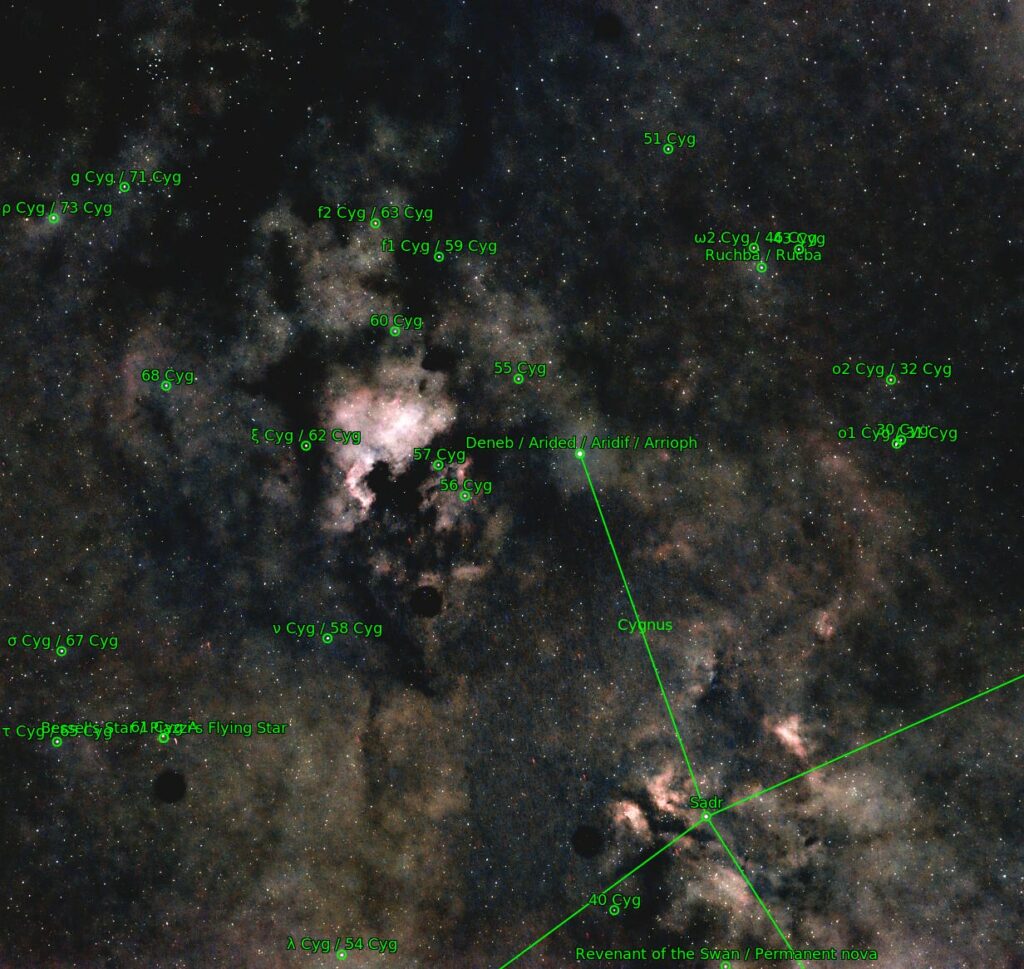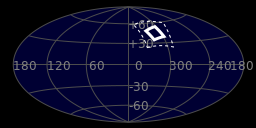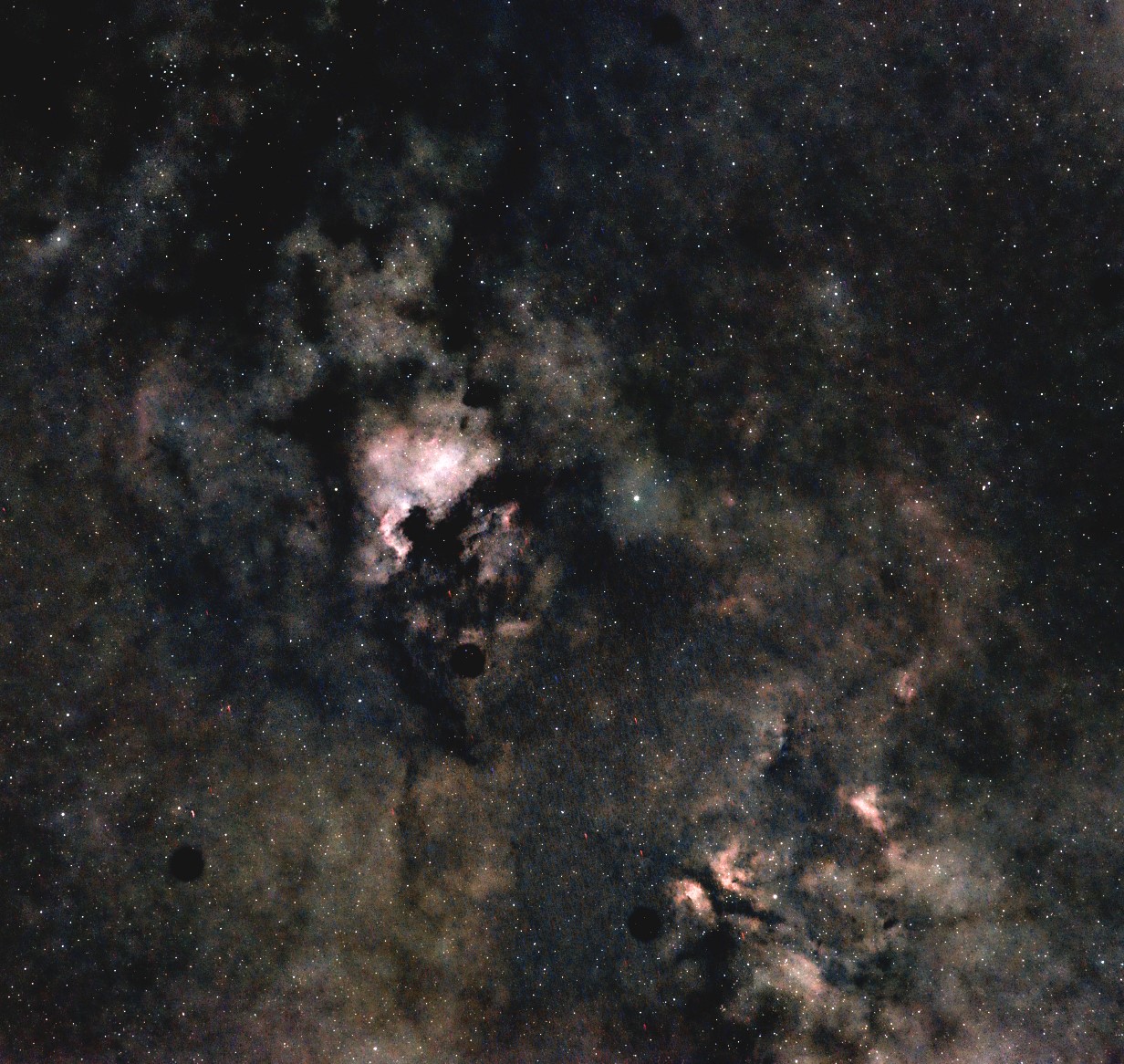Cygnus – The Swan
Cygnus constellation, also known as The Swan.
It’s one of the most recognizable constellations in the northern hemisphere, positioned within the dense star fields of the Milky Way. I aimed to highlight both the celestial beauty of the region and the intricate details hidden in the deep-sky objects it contains.

At the center of the image, you’ll notice the bright star Sadr, which marks the heart of the swan, while the luminous Deneb at the top of the frame represents the tail. Deneb is not only one of the brightest stars in our sky but also a member of the famous Summer Triangle asterism, along with Vega and Altair. What I find fascinating is that Deneb is a supergiant star, over 200 times larger than our Sun, and yet its distance, over 2,600 light-years away, makes its brilliance even more impressive.
The Gamma Cygni Nebula (IC 1318), surrounding Sadr, is a massive emission nebula that stretches across the center of the image. This region is rich in hydrogen gas and serves as a stellar nursery, where new stars are born. The nebula’s complex structure, which includes both bright emission zones and dark, obscuring dust lanes, creates a mesmerizing contrast. As I captured this image, I was particularly drawn to the dark nebulae, which appear as black patches, blocking the light from more distant stars and regions of the Milky Way.

One of the most intriguing objects in this region is the Crescent Nebula (NGC 6888), located near the left side of the image. This nebula is the result of intense stellar winds from the massive Wolf-Rayet star WR 136, which is shedding its outer layers at a furious pace. This process has created a complex bubble-like structure visible in the photograph. Recent studies have suggested that WR 136 may eventually end its life in a dramatic supernova explosion, making this nebula a fascinating object for future observation.

Another noteworthy object I captured here is the area surrounding the star o Cygni, which has been linked to recent discoveries of permanent novae and other variable stars, often referred to as the “Revenant of the Swan.” These stars experience dramatic changes in brightness over time due to the explosive processes occurring within their atmospheres.
In recent years, astronomers have made significant discoveries in this area of the sky. One such discovery involves the identification of exoplanets orbiting stars within Cygnus. Using the Kepler Space Telescope, scientists found thousands of potential planets, some of which are located in the so-called “habitable zone,” where conditions might allow for liquid water—and perhaps even life—to exist. The Cygnus region became the focus of the Kepler mission, leading to a dramatic expansion in our understanding of planetary systems beyond our own.
Additionally, recent studies of the Cygnus X region, an enormous area of star formation and one of the most powerful sources of X-rays in the sky, have revealed evidence of massive black holes and neutron stars. These objects emit powerful jets of energy as they consume nearby matter, making Cygnus X a hotspot for studying the extremes of astrophysics.
As I continue to explore this constellation through astrophotography, I am constantly amazed by the depth and variety of celestial phenomena present here. From star birth to star death, Cygnus is a dynamic laboratory of the cosmos, offering endless opportunities for discovery and awe. This image represents just a small glimpse into the wonders of this part of the sky, and I hope it inspires others to look up and explore the universe for themselves.

The black spots visible in the image are dust particles on the camera sensor, which stand out due to the lack of calibration frames. Calibration frames, such as flats, darks, and bias frames, are essential in astrophotography to remove imperfections caused by dust, sensor noise, and vignetting. Flat frames correct uneven illumination and dust shadows, while dark and bias frames help reduce sensor noise, allowing for cleaner and more accurate final images. Skipping these frames can leave unwanted artifacts, as seen here.


